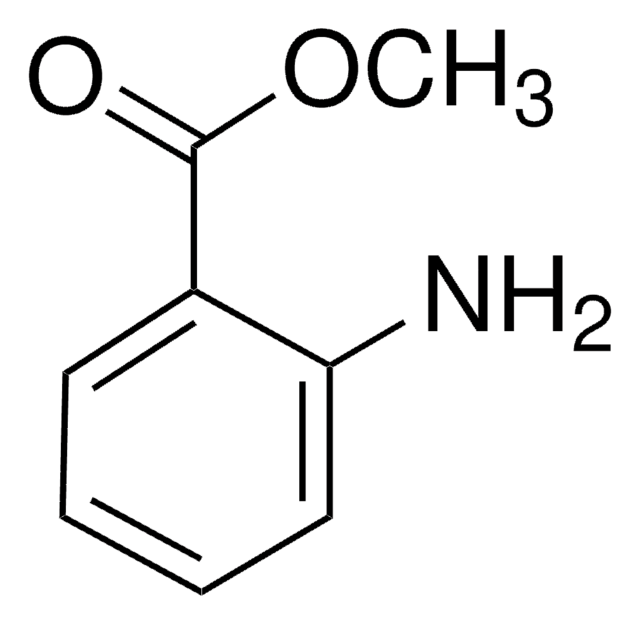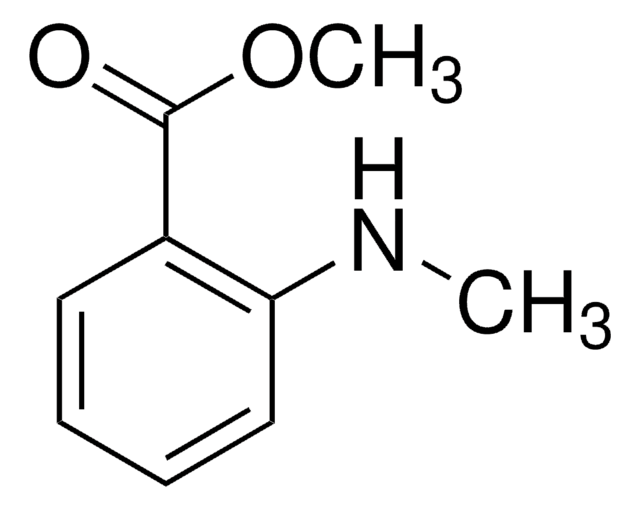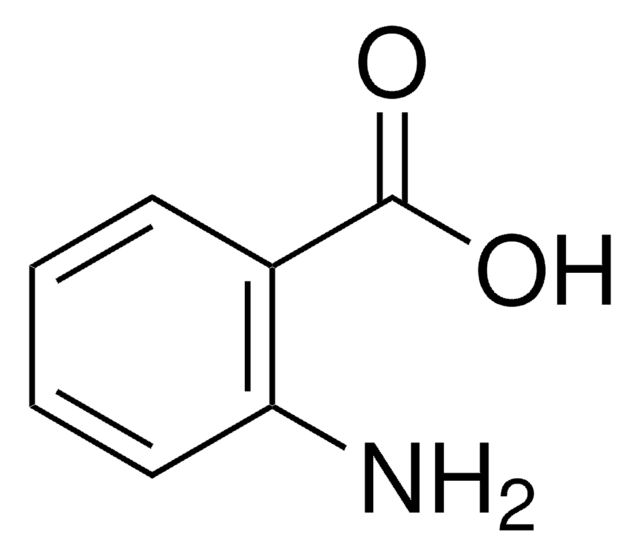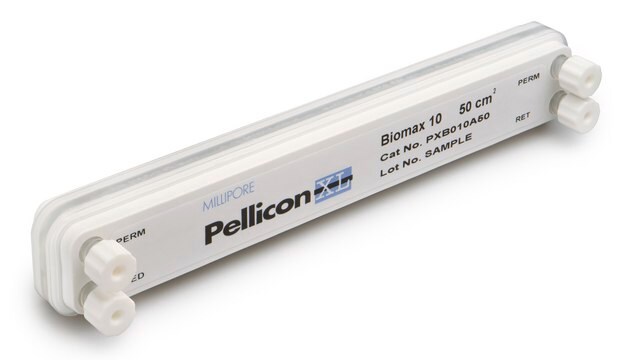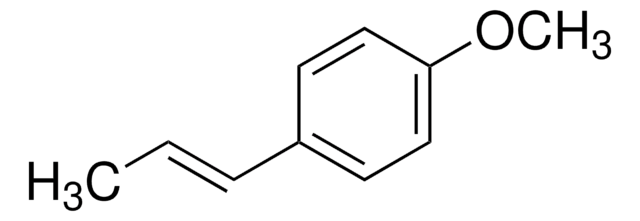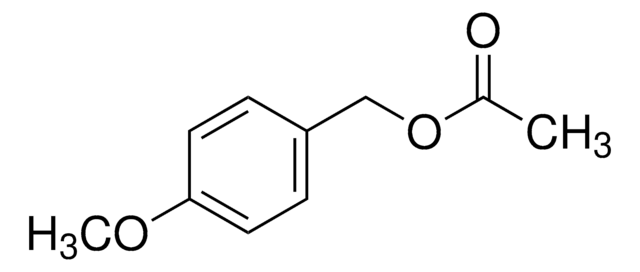W271810
Dimethyl anthranilate
natural, ≥98%, FG
Synonyme(s) :
Methyl N-methylanthranilate
About This Item
Kosher
natural
Produits recommandés
Qualité
FG
Kosher
natural
Niveau de qualité
Agence
meets purity specifications of JECFA
Conformité réglementaire
EU Regulation 1334/2008 & 178/2002
FDA 21 CFR 172.515
Essai
≥98%
Caractéristiques du produit alternatif plus écologique
Less Hazardous Chemical Syntheses
Use of Renewable Feedstocks
Learn more about the Principles of Green Chemistry.
sustainability
Greener Alternative Product
Indice de réfraction
n20/D 1.579 (lit.)
pb
256 °C (lit.)
Pf
17-19 °C (lit.)
Densité
1.126 g/mL at 25 °C (lit.)
Application(s)
flavors and fragrances
Documentation
see Safety & Documentation for available documents
Allergène alimentaire
no known allergens
Autre catégorie plus écologique
Propriétés organoleptiques
grape skin; fruity; floral; sweet
Chaîne SMILES
CNc1ccccc1C(=O)OC
InChI
1S/C9H11NO2/c1-10-8-6-4-3-5-7(8)9(11)12-2/h3-6,10H,1-2H3
Clé InChI
GVOWHGSUZUUUDR-UHFFFAOYSA-N
Vous recherchez des produits similaires ? Visite Guide de comparaison des produits
Description générale
Application
- Effects of Dimethyl Anthranilate-Based Repellents on Behavior, Plumage Condition, Egg Quality, and Performance in Laying Hens.: Investigates the impact of Dimethyl Anthranilate-based repellents on laying hens, focusing on their behavior, plumage condition, egg quality, and overall performance (Terčič et al., 2020).
- A simple method to discriminate Guangchenpi and Chenpi by high-performance thin-layer chromatography and high-performance liquid chromatography based on analysis of dimethyl anthranilate.: Presents a chromatographic method to differentiate between Guangchenpi and Chenpi, emphasizing the role of Dimethyl Anthranilate in this differentiation process (Li et al., 2019).
Mention d'avertissement
Warning
Mentions de danger
Conseils de prudence
Classification des risques
Eye Irrit. 2
Code de la classe de stockage
10 - Combustible liquids
Classe de danger pour l'eau (WGK)
WGK 1
Point d'éclair (°F)
216.7 °F - closed cup
Point d'éclair (°C)
102.6 °C - closed cup
Équipement de protection individuelle
Eyeshields, Gloves, type ABEK (EN14387) respirator filter
Faites votre choix parmi les versions les plus récentes :
Déjà en possession de ce produit ?
Retrouvez la documentation relative aux produits que vous avez récemment achetés dans la Bibliothèque de documents.
Notre équipe de scientifiques dispose d'une expérience dans tous les secteurs de la recherche, notamment en sciences de la vie, science des matériaux, synthèse chimique, chromatographie, analyse et dans de nombreux autres domaines..
Contacter notre Service technique